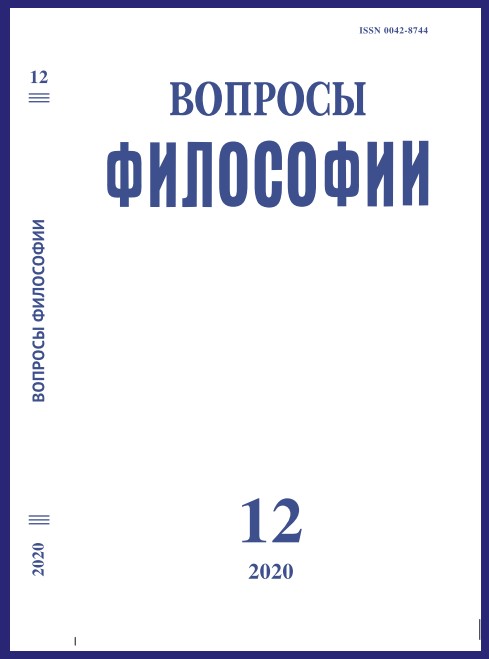Complexity of the Self-сonsciousness of Science
DOI:
https://doi.org/10.21146/0042-8744-2020-12-104-114Keywords:
self-consciousness of science, philosophy of complexity, pseudo-economic, evaluation of scientific activity, bibliometrics, scientometrics, science of science (SciSci).Abstract
The widespread use of bibliometric indicators in science management, associated with the ideology of pseudo-economic positivism, is not only a specific tool for evaluating the work of scientists, but also a serious challenge to the self-consciousness of the scientific community. After a while this simplified language becomes the usual language of a scientist’s “self-observation”. At the same time, the expansion of this language meets with increasing resistance that is manifested not only in publications of individuals but also in declarations of authoritative organizations. Science should find a way to give appropriate response to the challenges of the “audit society”. Philosophy of complexity considers the self-consciousness of science as a complex organism, as a system containing a lot of subsystems, that develops under influence of many internal and external factors, is necessary for this purpose. It implies the development of “science of science” (SciSci) as a complex discipline within there would be a real interaction between the philosophy of science, history of science, sociology of science, scientometrics, psychology of scientific creativity, economy of science, studies in policy in science an legal regulation and legal aspects of scientific activity.

